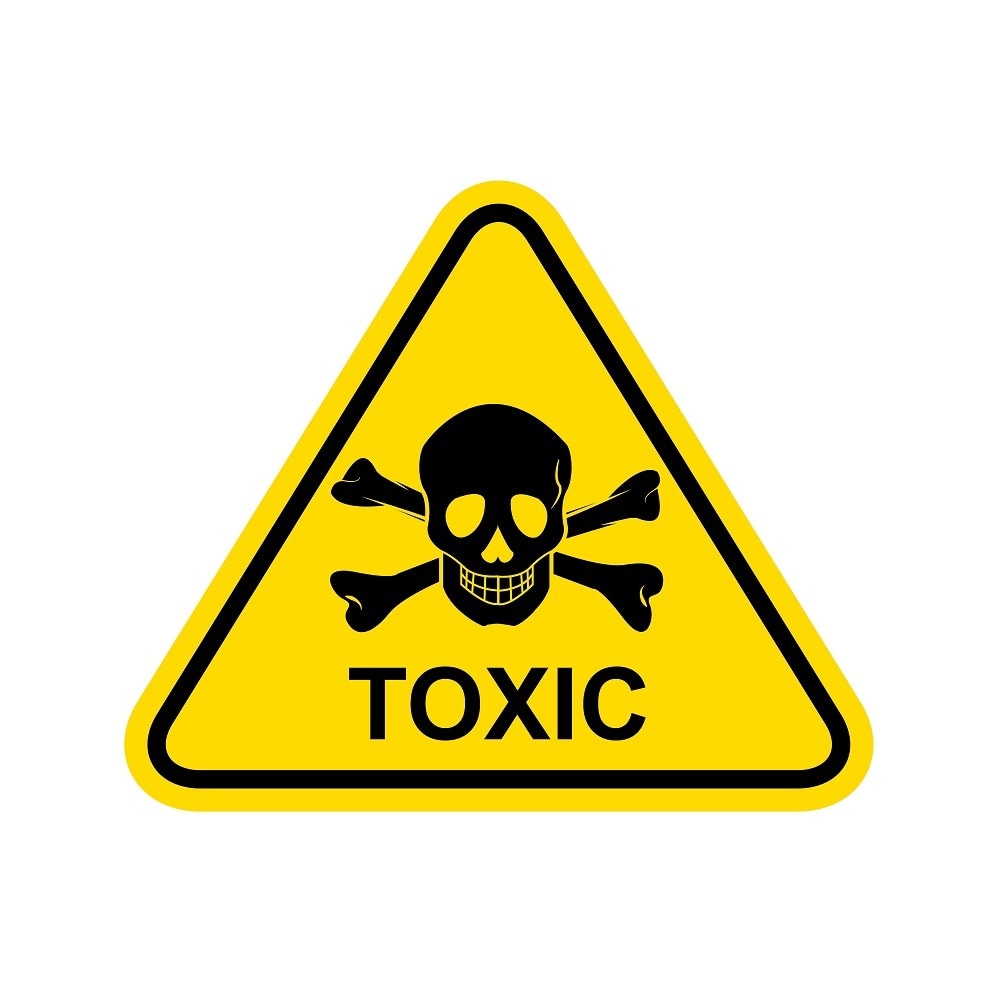An extensive range of products and materials comprising of engineered nanoparticles and nanoscale structures are gaining interest, and are being developed at a rapid scale. As this increase has grown, so has the awareness about the possible long-term, harmful effects of these materials, but the potential impact on the environment is still poorly understood. Techniques currently used have been reviewed, and new methods have been explored by which such materials could be investigated on a regular basis during production and development.

Image Credits: JONGSUK/shutterstock.com
Nanoparticle tracking analysis (NTA) is a fast, informative, and multiparameter nanoparticle characterization method that enables users to acquire number frequency particle size distributions of polydisperse nanoparticulate system. As a result, this innovative technique is being used in many sectors that deal with environmental and toxicity research. This article discusses the latest work where the NTA method has been recommended, evaluated, and applied in the analysis of nanoparticle toxicity and environmental impact.
NTA has been used in many studies investigating the toxicity of nanoparticles and their effect on the environment. The technique is also applied to discover the particle size relating to the toxicity of nanoparticulate metals and carbon nanotubes. In addition, it is used to study the cellular interactions between organisms and nanoparticles, as well as in the development of techniques for toxicity testing. NTA serves as a handy tool to measure both concentration and particle size of nanomaterials in wastewater analysis.
The following are the areas covered in the article:
- Cytotoxic studies
- Aquatic and Marine Toxicity
- Microbiota and Plants

This information has been sourced, reviewed and adapted from materials provided by Malvern Panalytical.
For more information please visit Malvern Panalytical.